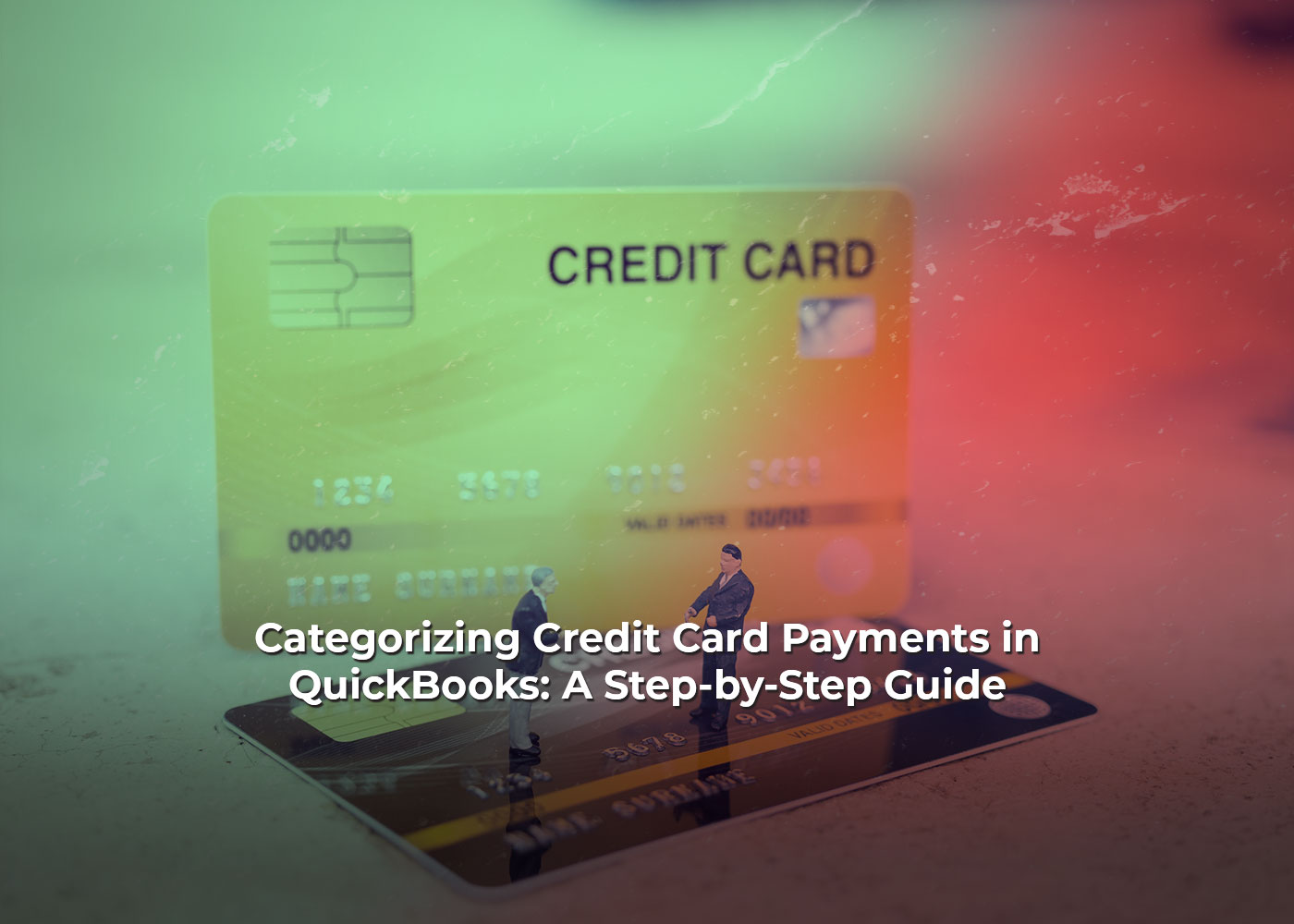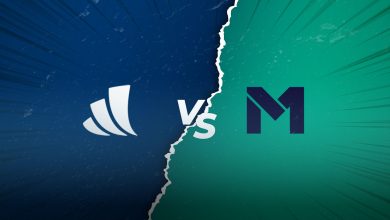Categorizing Credit Card Payments in QuickBooks: A Step-by-Step Guide
When managing your business finances, keeping track of all transactions, including credit card payments, is essential. QuickBooks is popular accounting software that can be used to streamline this process. By categorizing your credit card payments in QuickBooks, you can easily track your expenses and ensure everything is correctly recorded for tax purposes. This step-by-step guide will walk you through classifying credit card payments in QuickBooks.

When managing your business finances, keeping track of all transactions, including credit card payments, is essential. QuickBooks is popular accounting software that can be used to streamline this process. By categorizing your credit card payments in QuickBooks, you can easily track your expenses and ensure everything is correctly recorded for tax purposes. This step-by-step guide will walk you through classifying credit card payments in QuickBooks. This allows you to understand your financial situation and make informed business decisions.
Categorizing Credit Card Payments: Let’s Explain!
Categorizing credit card payments in QuickBooks is essential to enable accurate financial tracking and reporting. Correctly categorized transactions make it easier to see where money is being spent and identify areas where costs can be reduced.
Here are the benefits of proper categorization for financial tracking and reporting:
Accurate profits and loss (P&L)
Proper classification ensures that your income statement accurately reflects the costs associated with credit card payments. This statement summarizes the company’s income and expenses for a specific period and is an essential tool for analyzing performance.
Better decisions making
Accurate classification enables business owners to make informed decisions based on reliable financial data. For example, you can see which costs reduce your profit and adjust accordingly.
Improved cash flow management
Business owners can more effectively track and manage cash flow by classifying credit card payments. You can see which costs will be paid when and plan accordingly.
Easier tax preparation
Proper classification simplifies tax preparation by ensuring that all expenses are recorded in the correct category. This reduces the risk of error and saves you time and money during tax season. Identify opportunities to reduce costs.
Business owners can identify areas where they can cut costs by analyzing spending. For example, we may find ourselves overpaying for a particular service or product, negotiating a better deal, or switching providers.
Correctly categorizing credit card payments in QuickBooks is critical for accurate financial tracking and reporting. Business owners can make informed decisions, manage cash flow more effectively, and identify cost-saving opportunities.

Categorizing The Payments
QuickBooks offers a variety of payment categories to help you organize your finances and provide accurate financial reporting. Here’s an overview of the different payment categories:
- Expense: This category is used for business expenses such as office supplies, rent, and utilities. Expenses can be further broken down into specific categories: advertising, travel, meals, and entertainment.
- Asset: This category is used for purchases expected to last more than a year, such as B. Equipment or Real Estate.
- Liability: This category is used for debt owed by the company. B. Loans, credit card balances, or accounts payable.
- Equity: This category is used for company stock, retained earnings, and other investments.
To classify credit card payments based on payment categories, you must first identify the type of expenditure or purchase. For example, if you pay for office supplies with a credit card, classify it as an expense. For devices, classify them as assets. If it is a loan payment, classify it as a liability.
Here are some tips for categorizing payments accurately:
Please check your statement regularly
Check your credit card statement regularly to ensure all transactions have been recorded and correctly classified in QuickBooks.
Track your receipt
Keep all receipts for credit card purchases, and sort them into QuickBooks at the time of sale. This way, you will remember to categorize them later.
Use the correct categories
Be sure to select the correct payment category when classifying transactions. Using the right type ensures accurate financial reporting and makes managing cash flow and preparing tax returns easier.
Use subcategories
Subcategories help you further categorize your expenses and provide more detailed financial reporting.
Get expert advice
If you are unsure how to classify your payments or expenses, please seek professional advice from a tax professional or accountant.
In summary, classifying credit card payments in QuickBooks is essential to financial management. Using the correct payment categories and following these tips will help ensure the accuracy and reliability of your financial reporting.
Matching Credit Card Payments to Transactions
Matching credit card payments to QuickBooks transactions is essential in ensuring accurate financial tracking and reporting. To check credit card payments to QuickBooks transactions:
- Enter transactions in QuickBooks: Enter all your credit card transactions into QuickBooks, including purchases, expenses, and payments.
- Record credit card payments: Record all credit card payments as deposits in QuickBooks. To do this, go to the Bank menu and select Deposit. Enter the deposit amount and select a credit card account as the deposit account.
- Match a transaction with payments: Once a credit card payment has been captured, it can be matched to the appropriate transaction. In QuickBooks, go to the Bank menu and select Reconcile. Select your credit card account and enter the ending balance for the billing period. QuickBooks displays a list of transactions that need reconciliation. Select each transaction and click Match to match the corresponding credit card payment.
- Review and finalize: Once all trades have been reconciled, review the reconciliation report to make sure everything is correct. Make the necessary adjustments and complete the adjustment.
Accurately matching credit card payments and transactions are critical for financial tracking and reporting. This ensures that all expenses and purchases are accounted for and that the financial statements accurately reflect the company’s financial position. Accurate reconciliation facilitates the identification of errors and fraud and helps maintain financial records’ integrity. Overall, matching credit card payments to QuickBooks transactions is a simple process that significantly improves the accuracy and reliability of financial reporting. It is essential to ensure that all transactions are entered and assigned correctly and that reconciliation reports are regularly reviewed and completed to ensure accuracy.
To Sum Up
Classifying and matching credit card payments in QuickBooks is essential for accurate financial tracking and reporting. Businesses can track expenses, manage cash flow, and monitor financial health by adequately classifying costs. It is necessary to enter all transactions quickly, use subcategories for detailed reporting, and seek professional advice when necessary. Reconciling credit card payments to transactions is critical to detecting errors and fraud and maintaining the integrity of your financial records. By regularly reconciling and validating transactions, businesses can avoid common mistakes and ensure accurate financial tracking. All in all, the proper classification and attribution of credit card payments in QuickBooks provide reliable and reliable financial reporting to facilitate informed business decisions.




